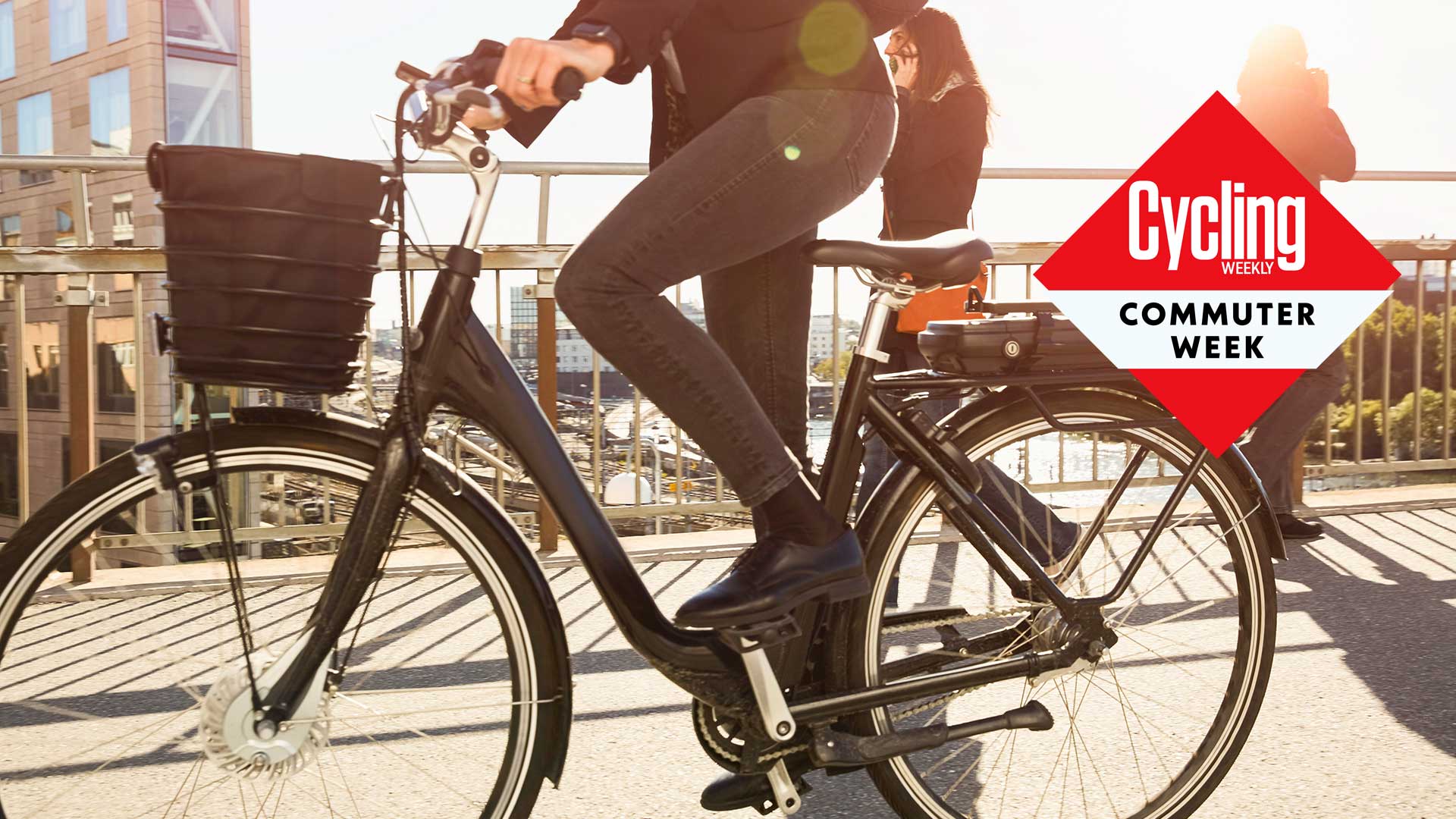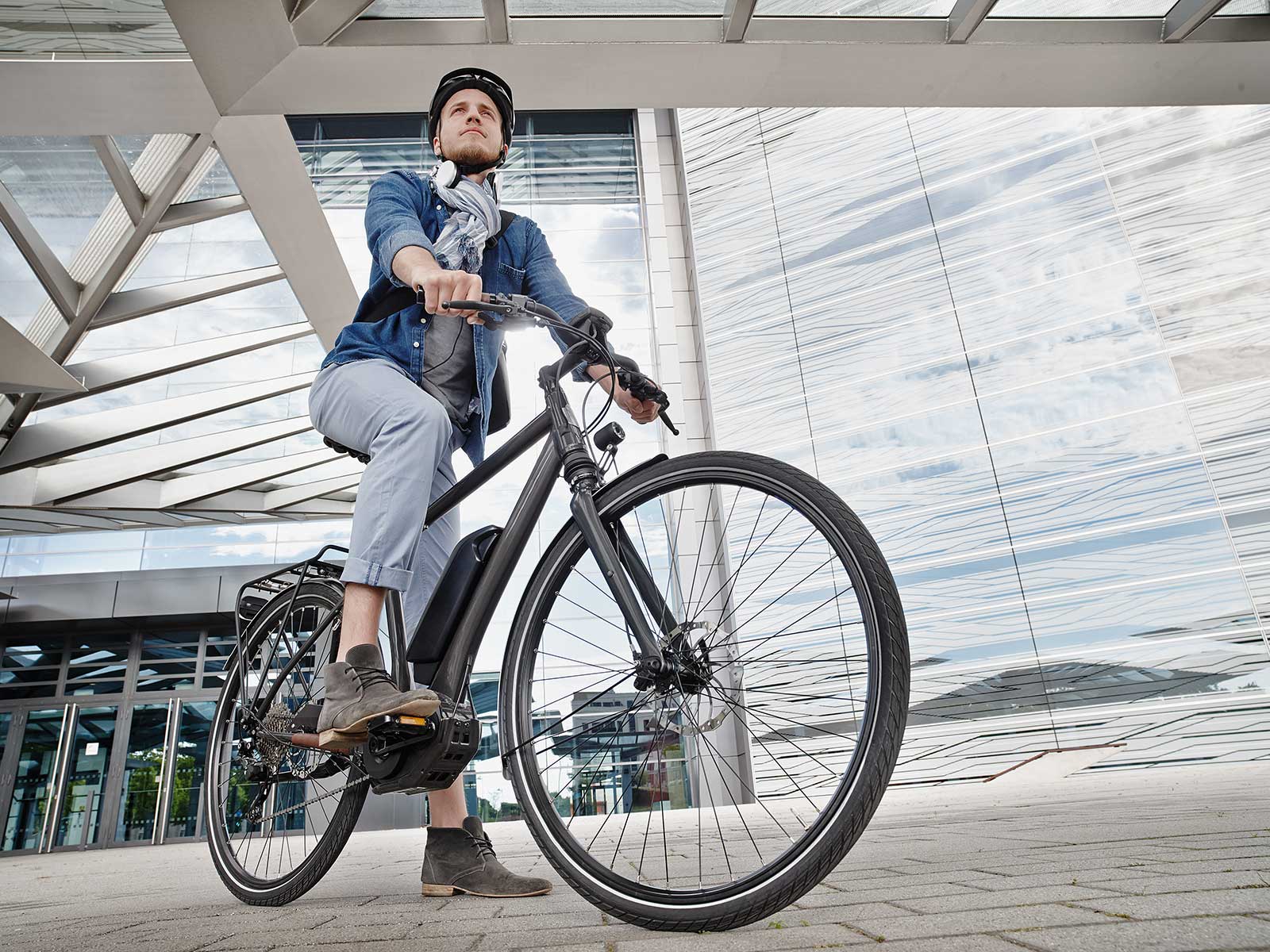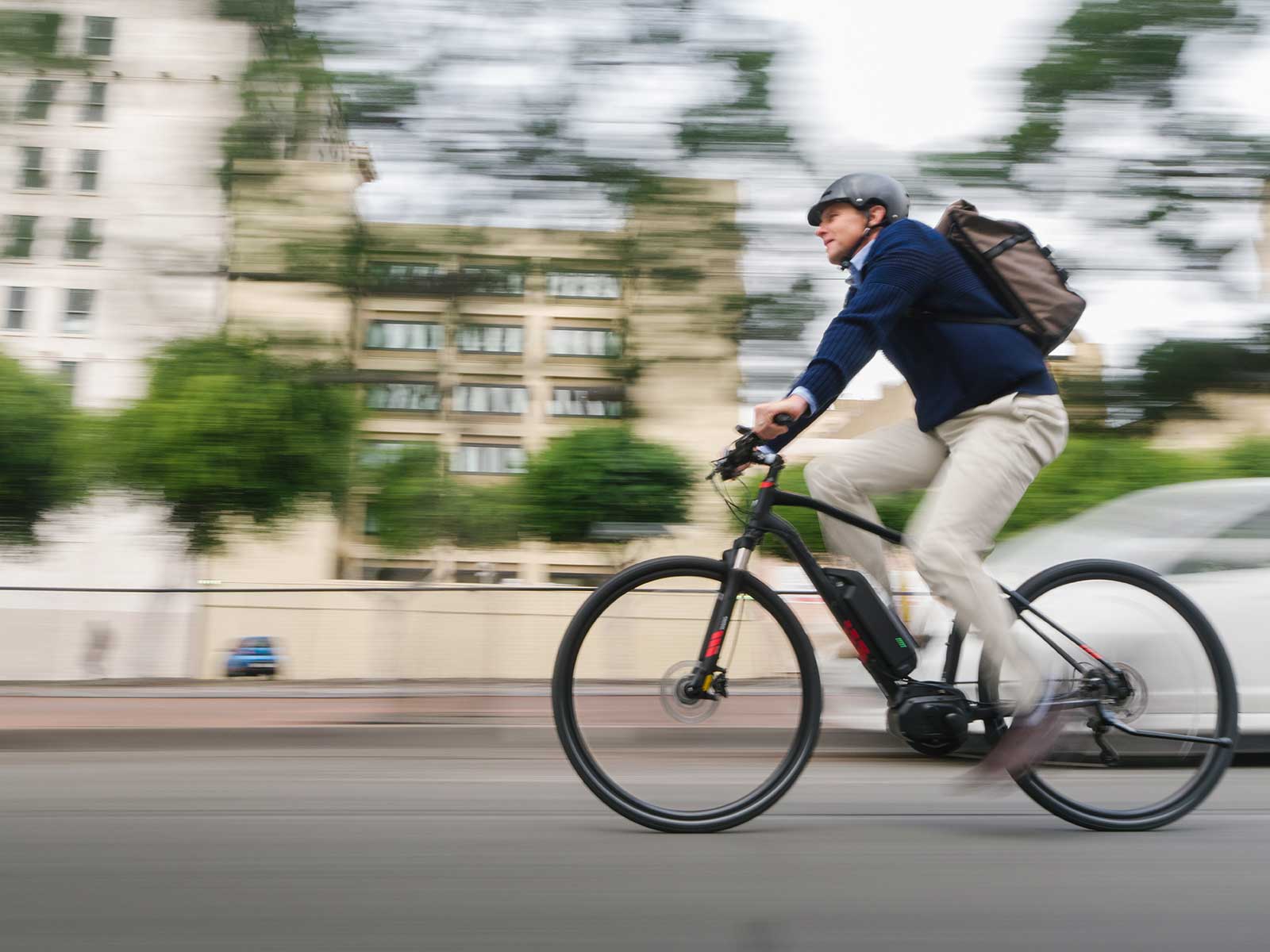
We’re conditioned by the automotive industry to think about a vehicle’s horsepower as an indicator of its performance. Horsepower is a measure of power output, although watts can be a more useful unit for power measurement, particularly for electric bikes, which are usually limited to 250 watts continuous output – that’s 0.335 horsepower.
Arguably more important is the maximum torque that a motor can deliver, whether it's an internal combustion engine in a car or an electric motor in an e-bike. It can be tricky to understand why power and torque are both significant and in what circumstances each matters. So here, we’ll delve into torque, what it is, and why it’s an important contributor to the performance of an electric bike.
What is torque?
In the most general terms, torque is the turning force applied to a pivot. It applies in a wide range of devices, from a simple lever to the engine of a motor vehicle, not just to electric bike motors.
If you use a power meter on your bike, the actual measurement made is of the torque you are exerting on the pedal or crank. A power meter includes a series of strain gauges to measure the torque via the small amount of bending that your pedalling causes to one of the components of the drivetrain: the pedals, cranks or chainring spider.
Quality electric bikes will also include a torque sensor, although cheaper ones may make do with a cadence sensor, which measures how fast you are pedalling but not how much force you are applying.
The standard unit used to measure torque is Newton metres, which is abbreviated as Nm. Newtons are the standard measurement of force, while the metres are the distance from the pivot at which the force is applied.
How is torque related to e-bike motor power?
The second element of power output is the speed of rotation, normally called the cadence when cycling, but to put it more technically, the angular momentum. Multiplying the torque and speed of rotation in seconds provides the power output, expressed in watts.
While regulations limit e-bike motor power output, typically to 250 watts continuously rated (although transient peak power can be greater than this), how much torque a motor can output is not restricted by e-bike law and can be determined by the motor manufacturer, based on the motor’s design.
What peak torque figures do e-bike motors deliver?
There’s a wide range of peak torque output numbers for different e-bike motors. The lowest torque motors deliver around 35Nm, but motors for ‘full fat’ mountain bikes may deliver 80Nm or more. Most commuter electric bikes and road e-bikes typically deliver torque numbers around 50Nm.
Higher torque is useful in some implementations, such as cargo bikes, where you need to be able to accelerate a large load and your top speed is less likely to be important than for a leisure rider.
What is the benefit of greater torque output?

Marco Sonderegger, Director of Turbo Experience at Specialized, explains that torque is what gets you moving.
Electric motors produce their greatest torque when accelerating, so an electric bike with greater torque output will give you more assistance to get up to speed more quickly.
Higher torque output is useful for a commuter, who is likely to be making a series of stops and starts.
Thus, a motor with a higher torque output is especially useful for a commuter, who is likely to be making a series of stops and starts during a journey. It’s also helpful to a mountain biker, who may need to get going from a slow speed or standing start on a trail.
Electric motors are very effective at generating torque from low rotating speeds, which is why electric cars have such impressive acceleration figures when compared to those powered by internal combustion engines. The latter produce peak torque at much higher engine speeds, which is why overtaking often requires you to change down a gear.
On the other hand, once up to speed, Sonderegger says, it’s the motor’s power output that becomes more significant, as this is what counterbalances the friction in the drivetrain, with the road and the aerodynamic resistance. It’s also what helps you to get up a hill, overcoming you and your bike’s weight. If you’re riding at a steady speed, the power that you and your motor output equal these opposing factors; greater power output will cause you to accelerate, less to slow down.
So Sonderegger says that once your pedaling cadence is over 40 rpm, motor torque becomes irrelevant. An e-bike motor’s torque output tends to drop off at higher cadences too. But motor torque is the sensation you feel when starting off from a stop and what gives you the feeling of the e-bike’s performance.
And what are the disadvantages?

The main disadvantage of greater torque is that it requires a heavier, bulkier motor to generate the additional force. This in turn affects the e-bike’s weight and its build, as well as the battery size needed.
It’s why ‘full fat’ e-MTBs are typically heavier than those with smaller motors, such as the Specialized Turbo SL range, says Sonderegger.
Having too much torque can be a disadvantage, he continues, particularly when riding off-road, where the rear tyre can lose traction or the front wheel may lift off the ground.
How do e-bike motors regulate torque?
Quality electric bikes will include a torque sensor which measures the torque that you are applying to the drivetrain. They’ll use this number, the level of assistance that you’ve selected, your speed and cadence as feeds into their control algorithm, to determine how much torque the motor should deliver.
Cheaper electric bikes may substitute a cadence sensor, which measures how fast you’re pedaling, in place of a torque sensor. This can lead to a more jerky application of electric power, as the motor control system doesn’t have any data on how much effort you’re inputting. An electric bike with a torque sensor is likely to have a smoother delivery of motor assistance, dependent on how its control software is tuned.
The motor controller also needs to take account of your speed to apply the mandated cut-off for the bike class and jurisdiction.
Hub motors work a little differently, Sonderegger explains, as they input power directly to the wheel, so there’s no gearing between the motor and the wheel. A bike’s gearing affects how much torque is delivered to the rear wheel – which is why it’s easier to start off in a low gear.
Many hub motors don’t include a torque sensor either, which, combined with the direct connection between the motor and the wheel, can lead to a torquier feel.
Mahle, which sells the ebikemotion rear hub motor that’s often fitted to lighter-weight road and commuter e-bikes includes a torque and cadence sensor in the bottom bracket of its latest X20 system though, which it claims leads to smoother power delivery.
So torque is an important number to consider when choosing an electric bike, more so than power, which doesn’t vary much between e-bikes. As Sonderegger says: "Torque sells the bike, but power gets you over the hill."







